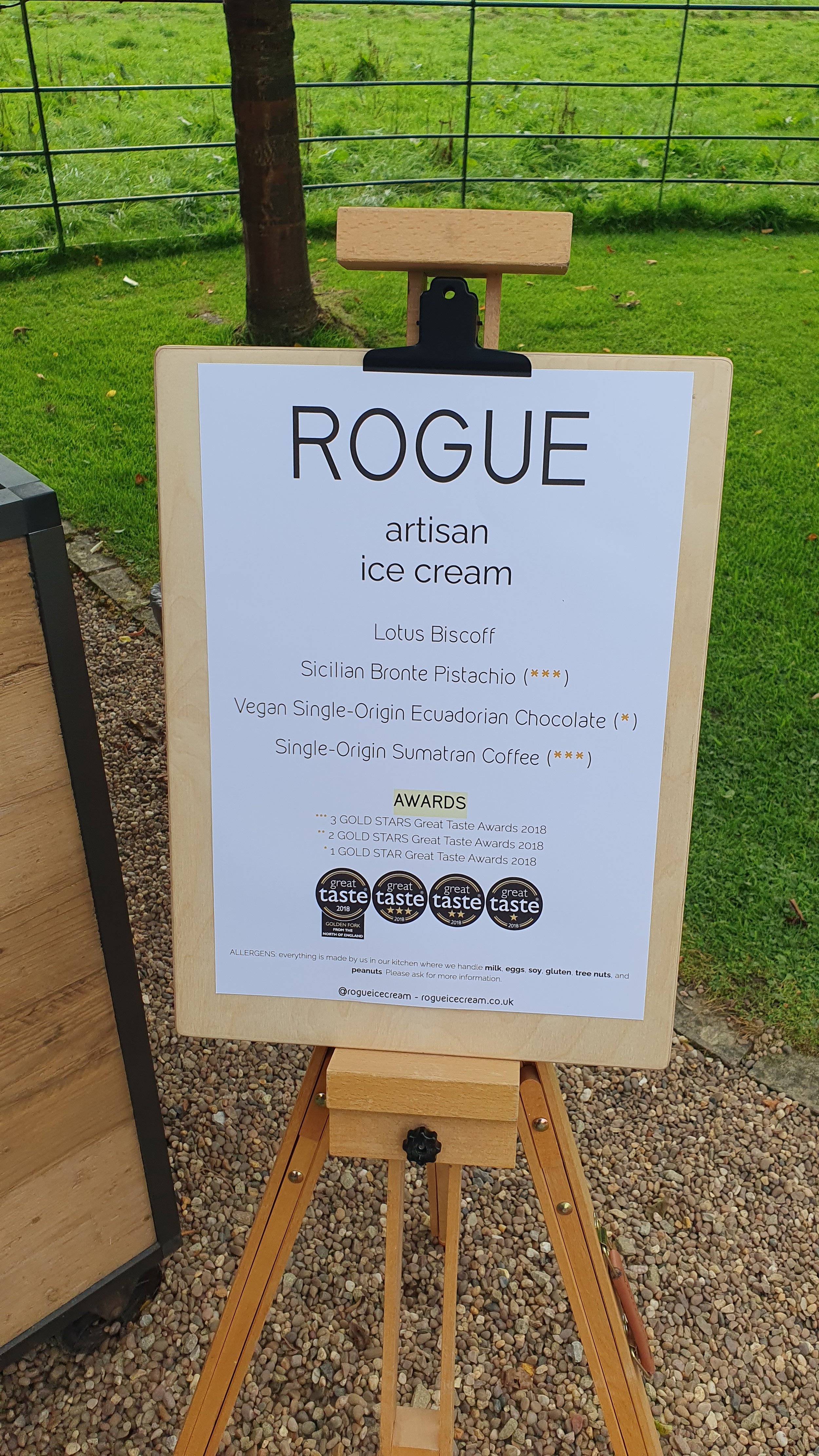
Can the way in which an ice cream flavour is described influence what it tastes like and even how much we like it?
In this first post of 2023, I'm going to examine whether the way in which food is described or labelled can influence what it tastes like and even how much we like it. I will then argue that by simply changing the name or description of an ice cream flavour, we can change not only what it tastes like, but also how much it is liked. Finally, I will discuss the implications of this research for both commercial ice cream producers and domestic cooks. As always, one of the joys of blogging is the collaborative process of co-creation so do feel free to get in touch with ideas or questions.

Why is inulin used in ice cream?
In this review, I will cover the different types of inulin products available, their functional properties in ice cream, their health-promoting properties, and the possible side-effects of overconsumption.
Why are emulsifiers used in ice cream?
This post will provide a comprehensive review of why emulsifiers are used in ice cream. In addition, it will cover the most commonly used synthetic (namely mono- and diglycerides, polysorbate 80, and glycerol monooleate) and natural (namely egg yolk and sweet cream buttermilk) emulsifiers, as well as their recommended quantities in ice cream.








How to calculate an ice cream mix
Below is the Excel spreadsheet that I created to calculate my ice cream mix. I’ve designed this primarily for home cooks and so haven’t included commercial ingredients like glucose, dextrose, maltodextrin, stabilisers, and emulsifiers. It's based on the formulas in the seminal book Ice Cream (7th ed.) by Professors Doug Goff and Richard Hartel, which I highly recommend reading. There are no restrictions on its the use so feel free to download and use it as you see fit.








